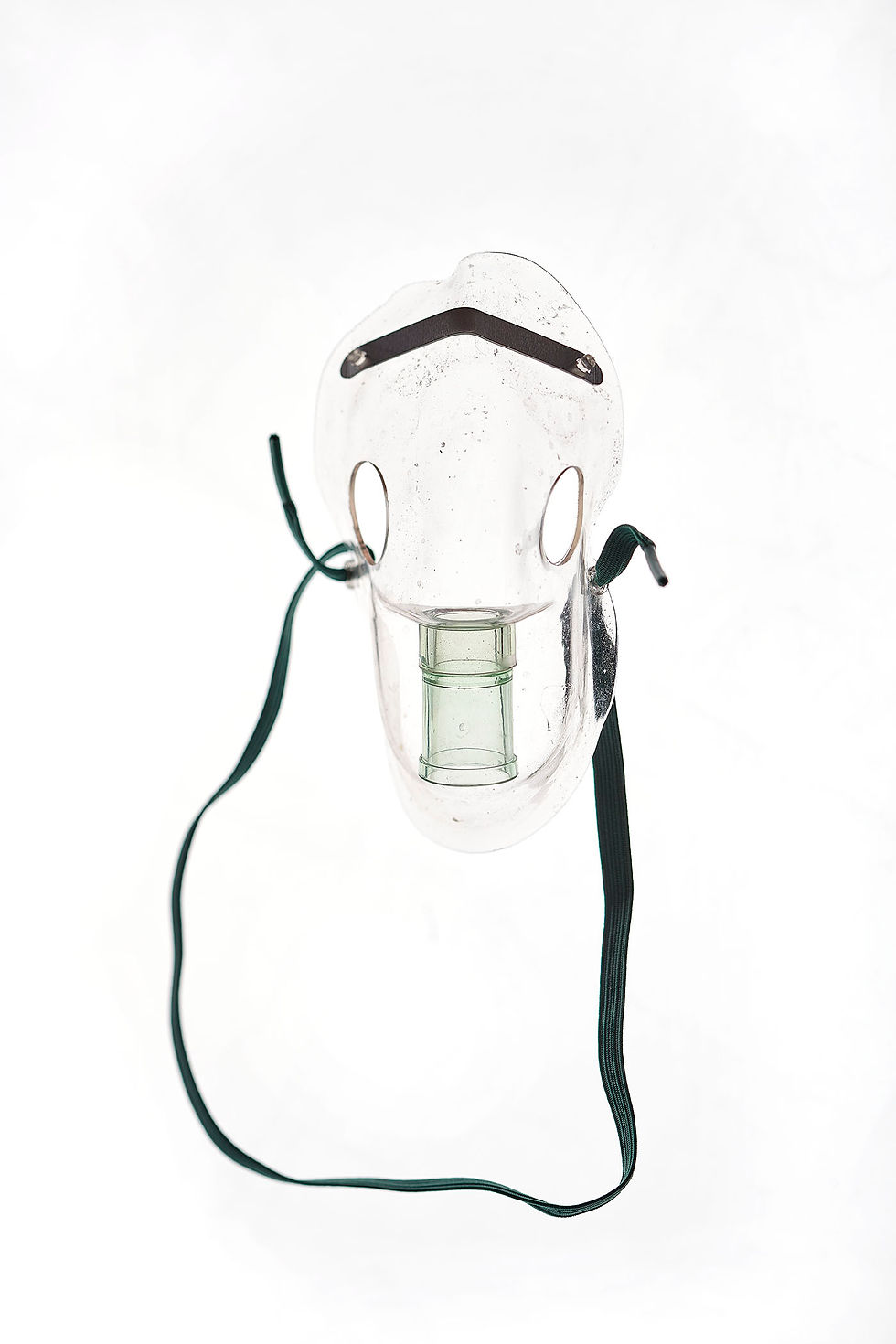How I Shot "Dad's Last Day"
- Sean Gallagher

- Apr 22, 2020
- 4 min read

I was sitting with my father on the night of May 12th when he finally stopped fighting Congestive Heart Failure and slipped away for good. In the course of sitting in his room for endless hours while he was in hospice, I had decided that I was going to photograph much of what was scattered around the room....it seemed to be a distillate of what my father loved and valued, along with the things he couldn't do without: his glasses, his watch, an oxygen mask. His endless ID bracelets and the additional wrist adornment making his various issues easily noticeable to his caretakers: fall risk, allergy, and the scariest, saddest one...DNR.
So after he passed, I set about collecting the objects I had been eyeing. I was alone in the room; they'd taken his roommate elsewhere and my mother was still 45 minutes out, trying to find a ride because it was late and she can't drive in the dark, so I had plenty of time. Everything felt so heavy, but I knew it was important...I have long been obsessed with shooting objects alone on white, in a "flatlay" style. I'm sure it's mundane and "easy" to some people, but there's something about presenting something on a stark white background that really appeals to me...it forces the viewer to concentrate just on what they're looking at with no distractions. There are times, I feel, that I don't want to interfere with the subject; I want to present it to the viewer: "Here. Look at this. Isn't this crazy? Have you ever just looked at this?"
Everything lived in my camera bag for the next week or so as we worked our way through making all the arrangements. I wasn't sure how I felt being in possession of all this stuff...on the one hand I was dying to get to work shooting it all, on the other it felt at times haunted, or radioactive.
I set a goal for myself to have the shots finished before Father's Day, maybe a month or so away. Seemed attainable...it was maybe 15 items.
But it was slow going. I couldn't get anything to look right, nothing had the level of "heft" I wanted out of the images:

This is nice, and it feels a little sad. I liked the reflection, it gave it kind of a lonely feel. Next up was the oxygen mask he was wearing:

This is suspended on string in and shot in front of an octabox. I liked how backlighting really brought out the detail. But, again, it just lacked the feeling that I was looking for.

This was another nope. But I felt like the lighting was starting to get dramatic, which I was happy with.

This is where I really felt like I nailed the lighting. Really dramatic. And I knew I wanted it on white, and I knew I wanted to play with those aweseome reflections you get from plexi. So this has all of that. But, again, it was lacking something.
One of the great joys of tethering your camera when you shoot is that - if you're on a Mac, especially, you can text images as you're working. So, I was sending images as I was working to another photographer friend. We were in agreement about how things were starting to look good but weren't quite there yet.

"Can you make them float?" she asked.
"Um, float? Yeah." Fuck. That's gonna be a pain. But she was right, that was going to be the thing that made it.


Here you can see everything I had going on....a light stand on either side of the "stage" and an arm over the top to give me another point to rig to.
If you're new to lighting, I want to point out a few things....notice how bright the room is. Notice that I'm shooting on white plexi, with a white seamless not too far away. All of the darkness is accomplished just by really controlling the beam of light that I'm getting...I didn't have to mess around with negative fill or flags or anything else. The above right pic is showing the modeling light for the flash head, which allows you to get a vague idea of what you're looking at and will help you focus the light. Inside the reflector is a 10 degree grid, which is what gives me that very narrow spread.

Yep, that'll do. That's the look. And the even bigger joy is that the thread almost totally disappeared. I was really hoping to do as minimal a Photoshop job as I could, and I think I pretty much nailed that. One last thing, and it's super important, no matter what job you're working on:

Always shoot "plates." By this i mean when you remove what you were photographing from the scene, shoot your background clean with the camera either in the same exact position (don't move the tripod between the shot of the object and that of the plate) or as close as you can get it. This plate will make production of the images a snap.

And here's the finished shot. Floating, as requested. On white like I wanted. Dramatic lighting. Reflection. I'm very happy with the finished product...it feels like a fitting tribute to the subject matter.
Here's some more production images followed by the finished product:













What a beautiful and touching project!